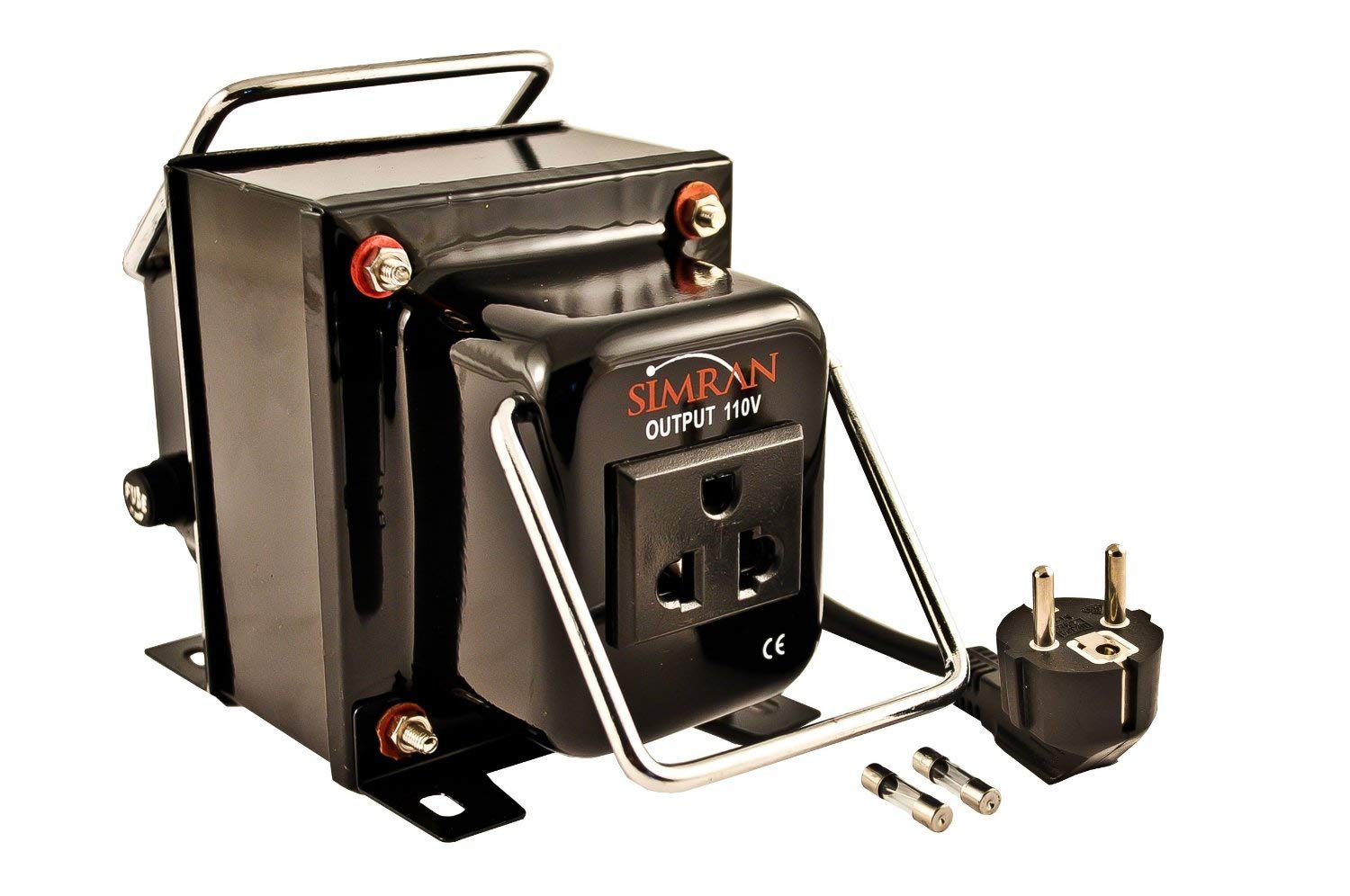I have several systems, two with SCE and one with PG&E. I have replaced the inverters over the years on the SCE ones and increased the size of one of those by a kWh. My theory is it is easier to ask for forgiveness although I realize the penalty may throw me into NEM 2.0. I am selling the townhome under the relatively unmodified system so that will not be an issue.
My existing system with PG&E is now only temporary because with the proceeds of the townhome sale we will be buying a larger place and I will move the Skybox to that future home. The first thing I will do is get a GT system installed and then AC couple that to the Skybox. I may be forced to do that bootleg because of the new NEC battery UL requirements.
I’ve been thinking more about this and would appreciate any insight from your experience.
My question reduces down to understanding whether smart meters separately monitor consumption on L1 and L2. Even though all the reporting is for total L1+L2 consumption, I feel like it’s only safe to assume that the utility is getting data on current consumed in each leg separately.
If that is the case, it seems to me that the only way to use current-limited inverters to offset consumption is to do it separately for each leg.
If I connect a sensor to L1, use it to generate an offsetting amount of 240V power, feed that into a step-down Autotransformer to 120V (L1, N) and then feed that into the panel through a breaker, current consumption on L1 will drop to 0A from the perspective of the smart meter (while consumption on L2 will continue unchanged).
Repeat that design with a second inverter/transformer limited by L2 and L2 consumption will also be reduced to zero.
If the inverters can generate 120V and can be stacked by bonding neutral to generate offsetting 240V current on both L1 and L2, the cost and complexity of adding the autotransformers can be skipped, but I’m skeptical that a 1000W 220/240V autodetect inverter is going to actually generate a full 1000W at 120V (since Current would need to be twice as high as it would be at 240V).
So I’m just seeing this approach as the only way to assure no current going out to the grid (equivalent to opening the main breaker).
I’ve seen diagrams where others are using L1+L2 current to generate offsetting 240V power, but if the load is unbalanced (let’s assume 100% load on L1, 0% load on L2), I believe there is going to be some generated current going out to the grid (L1 current reduced to 50% and L2 current -50% going out to the grid in this case).
Autotransformers are pretty inexpensive and reliable, so I’m thinking hanging up two with common neutral to create floating L2’, L1, N, L2, floating L1’ is the safest way to assure that none of the current being generated goes through the smart meter to the grid.
Anyone else understand how these smartmeters work well enough to comment?



